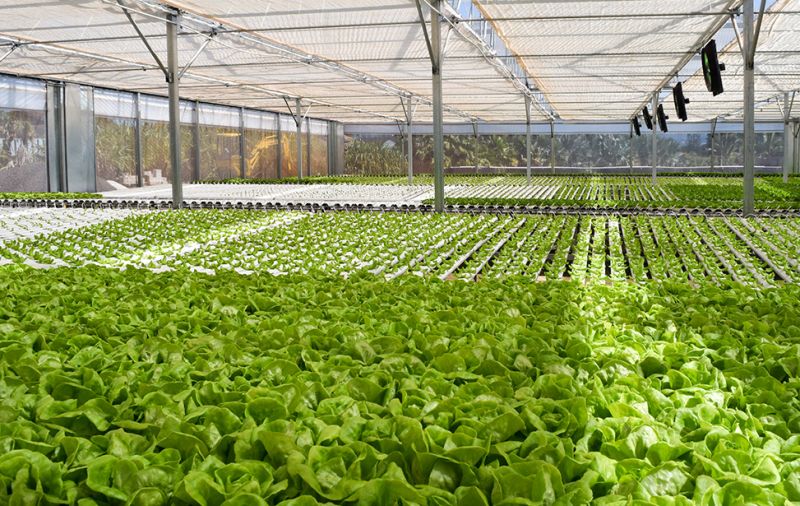Cultivate Attractive Lettuce With No More Tipburn
Published on by Erik van Berkum, Employee at acniti in Business
During a test at a grower in Hawaii it was show that by increasing the DO levels and adding ultrafine bubbles, reduction of tipburn is realized and quality and production improvements are made.
Manoa lettuce is a lettuce variety susceptible to tipburn. Tipburn is the drying and dying of leaf tissue along the edges of the leaf.

Tipburn is the breakdown of leaf tissue and results in brown dried out spots on the leaves. Tipburn is a big problem as it is reducing the sellable product by 25%.
Tipburn also reduces growth results in a smaller crop. A problem in Hawaii is that the irrigation water is warm 23.9 °C (75 °F). In the morning and in the afternoon temperatures can go up to 26 °C (79 °F). Mari’s Gardens goal was to improve the production quality by growing larger, sturdier crops and eliminating tipburn.
Ultrafine bubble Benefits
Maris Garden opted for an agriGaLF. They installed the agriGaLF onto a 2.6 m3 (700 gallon) nutrient feed tank. The nutrient feed tank connects to a hydroponic rafts gutter system of 15,000 heads of lettuce. The nutrient feed water recirculates all the time in this closed loop system.
Maris Garden started the trail recipe running the ultrafine bubble generator in intervals of 2 minutes on and 20 minutes off. The result was an increase of DO levels from 6.5 to 7.8 mg/liter. Higher DO levels reduced the amount of tipburn problems. After 2 weeks they increased the operation time from 2 minute to 10 minute intervals. Now the DO levels were up to 8.43 mg/liter.
Upon achieving these DO levels, the tipburn problems disappeared. Increasing their sellable product immediately by 25%. On top of that Mari's Gardens was able to grow lettuce with a higher EC which resulted in a firmer crop. In consideration of these results, the agriGaLF can be a lucrative solution for many greenhouse operations. Especially those with warm irrigation water and low DO levels.
Media
Taxonomy
- Agriculture
- Horticulture
- Agriculture & Food
- ultrafine bubbles